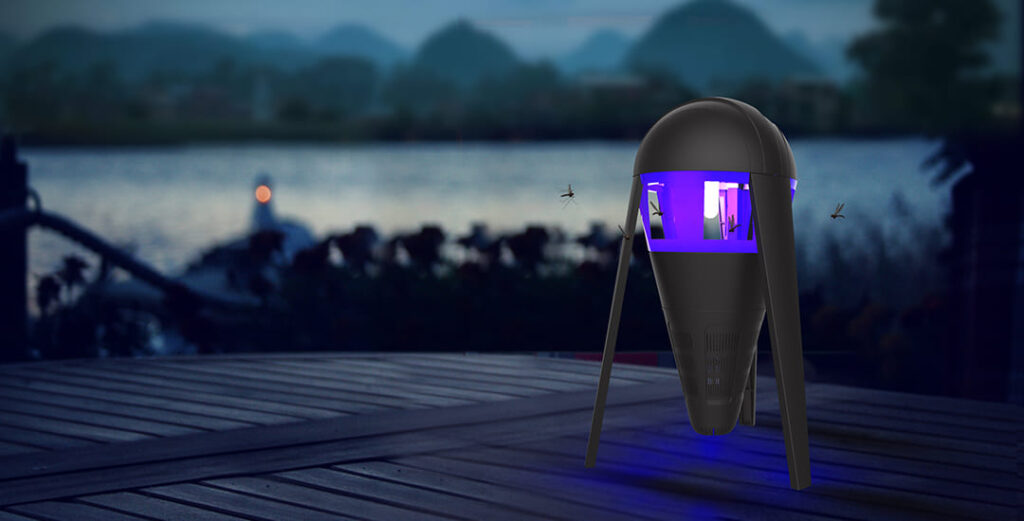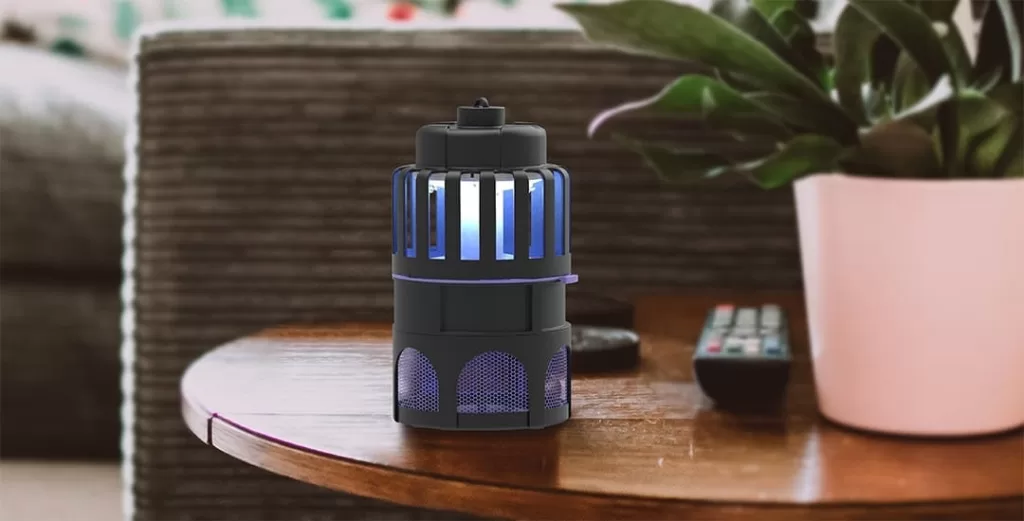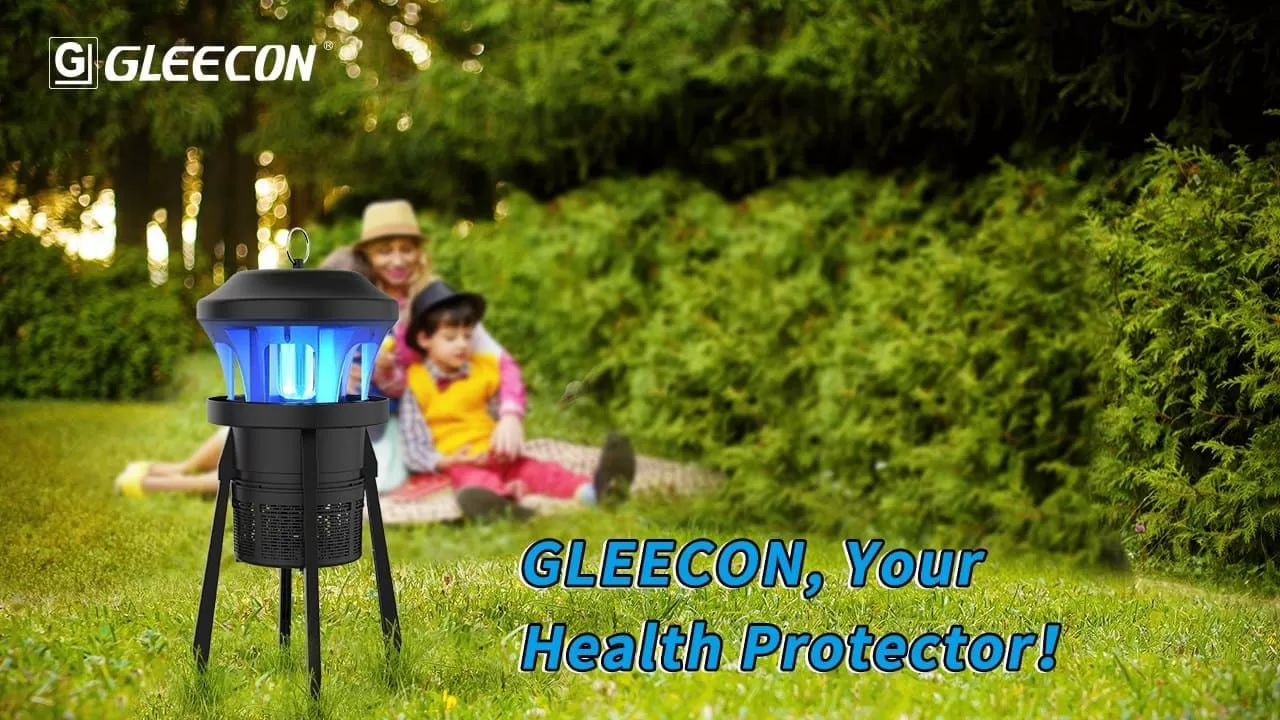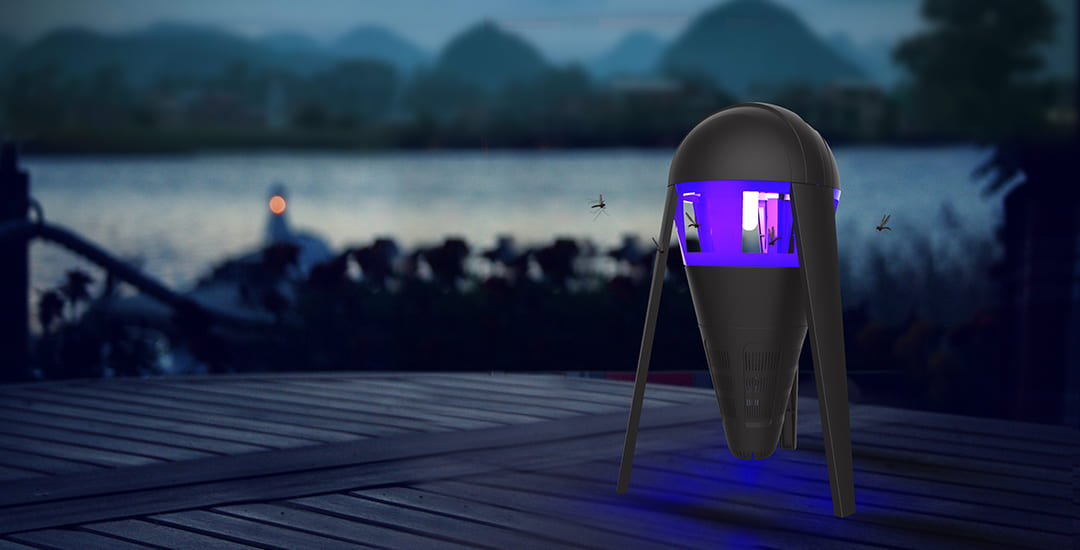Table of Contents
Introduction:
In the realm of insect traps, the power source plays a crucial role in determining the device’s efficiency and practicality. AC (Alternating Current) and DC (Direct Current) powered insect traps each come with their unique features. In this comprehensive guide, we’ll delve into the differences between the two, providing insights, FAQs, and a thorough comparison to help you make an informed decision for an insect-free living space.
AC Powered Insect Traps: Unveiling the Pros and Cons

AC powered insect traps are commonly connected to standard electrical outlets. Here’s a breakdown of their features:
Pros of AC Powered Insect Trap:
- Continuous Operation: AC-powered traps can run continuously without the need for battery replacements, ensuring round-the-clock insect control.
- High Power Output: With a stable power source, AC traps can generate higher voltage, potentially enhancing their effectiveness in attracting and eliminating insects.
Cons of AC Powered Insect Trap:
- Limited Placement Options: AC traps are tethered to power outlets, restricting their placement to areas with electrical access.
- Energy Consumption: Continuous operation may lead to higher energy consumption, impacting electricity bills over time.
DC Powered Insect Traps: Navigating the Advantages and Drawbacks

DC powered insect traps operate on batteries or alternative DC power sources. Let’s explore their characteristics:
Pros of DC Powered Insect Trap:
- Versatile Placement: DC traps provide flexibility in placement, as they are not bound to electrical outlets. This makes them ideal for outdoor use or areas with limited power access.
- Energy Efficiency: Battery-operated traps are often energy-efficient, allowing for extended use without a significant impact on power consumption.
Cons of DC Powered Insect Trap:
- Maintenance: Battery replacement or recharging is required for DC powered traps, with solar-powered models needing exposure to sunlight for optimal performance.
- Lower Voltage Output: DC traps may have a lower voltage output compared to their AC counterparts, potentially affecting their effectiveness.
Comparative Analysis: Making the Right Choice
Placement and Accessibility:
- AC: Ideal for indoor spaces with easy access to electrical outlets.
- DC: Offers flexibility for both indoor and outdoor placement, suitable for areas without power sources.
Power Output:
- AC: Higher voltage output may enhance attraction and elimination capabilities.
- DC: Typically offers lower voltage output but can still effectively trap insects.
Operational Cost:
- AC: Continuous operation may result in higher energy bills.
- DC: Battery replacements contribute to ongoing operational costs, but energy efficiency may balance the overall expenses.
FAQs About AC and DC Powered Insect Traps:
-
DC powered insect traps are generally more energy-efficient due to their battery-operated or solar-powered nature.
-
Yes, DC powered traps can be used indoors, especially in areas where electrical outlets are scarce or for targeted pest control.
-
AC powered traps typically require minimal maintenance, such as periodic cleaning and bulb replacement.ly available.
-
The cost-effectiveness of AC vs. DC powered traps depends on factors such as electricity costs, battery longevity, and the frequency of use.
-
The effectiveness depends on factors like voltage output and placement. AC traps may have a potential advantage in attracting insects.
Against Insects with GLEECON Insect Trap
GLEECON has been a leading factory of all kinds of Insect Control products, including both AC powered Insect Traps, and DC powered Insect Traps. Our some AC powered Insect Traps are also designed for outdoor use as well with waterproof construction like below. Contact us to explore more GLEECON Insect Traps for different demands.

Conclusion:
In conclusion, both AC and DC powered insect traps have their own advantages and are suited for different applications. Consider factors such as power source availability, portability requirements, energy efficiency, and maintenance preferences when choosing between the two. Whether you prioritize reliability and power output with AC powered traps or seek flexibility and energy efficiency with DC powered traps, there is a solution available to meet your insect control needs.
For expert advice on selecting the right insect trap for your space and to explore a wide range of AC and DC powered options, trust in our expertise to help you create a pest-free environment tailored to your specific requirements. With a deeper understanding of the features and benefits of AC and DC powered insect traps, you can make an informed decision and enjoy effective pest control indoors and outdoors.









